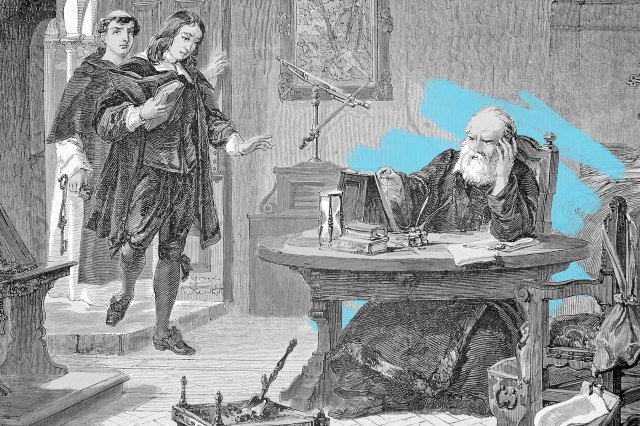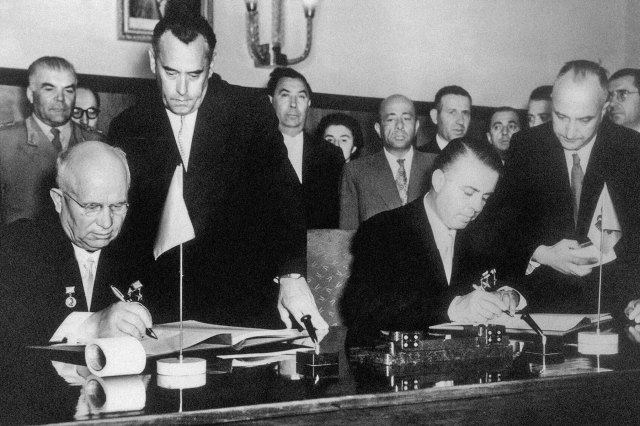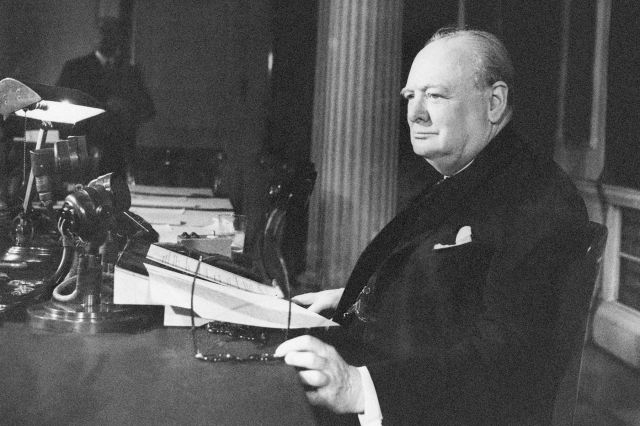This famed scientist was super into horoscopes ♓
Wednesday, May 8, 2024
Galileo Galilei made some major scientific strides in his time, particularly in the field of astronomy. |
| |
| |
|
 |
|
| G alileo Galilei made some major scientific strides in his time, particularly in the field of astronomy. He discovered four of Jupiter's moons and the stars of the Milky Way, and determined that the surface of Earth's moon isn't smooth. Most famously, he vehemently believed, as Nicolaus Copernicus proposed before him, that the Earth revolved around the sun, not the other way around — even as the Catholic Church labeled him a heretic for it. But despite his reputation as a skeptic, his cosmic beliefs included a little of what is now considered pseudoscience, too. To wit, he was one of Europe's most sought-after astrologers in his time, and wrote horoscopes for Italy's elite. Some of his astrological tools are even on display at the Galileo Museum in Florence, Italy. |
|
|
| Galileo, a Pisces, practiced judicial astrology, which concerns human circumstances rather than just natural phenomena; clients consulted him for guidance on illness, travel, love, and other major events. He also wrote birth charts, including for himself and his children. Before he was tried by the church for his belief in heliocentrism, he was investigated for telling his clients that the stars governed their fates — although the church didn't pursue the matter very far. Galileo's faith in the zodiac may sound surprising, but at the time, it wasn't unusual for astronomers to practice this kind of cosmic divination. Some patrons would even judge whether a scientist was worthy of their support by their astrology skills. Indeed, other astronomers we hold in high esteem today, including Johannes Kepler, Tycho Brahe, and Copernicus, also studied astrology. |
|
 |  |
|
|
 |
|
| |
|
| Fingers of Galileo on display in Florence | | | 3 |
| | | Officially recognized moons of Jupiter | | | 95 |
| | | Officially recognized moons of Jupiter | | | 95 |
|
|
|
| Number of children Galileo had | | | 3 |
| | | Years Galileo spent "imprisoned" for heresy (under house arrest) | | | 9 |
| | | Years Galileo spent "imprisoned" for heresy (under house arrest) | | | 9 |
|
|
|
 |
|
 | | Did you know? |
|
|
Galileo tried to calculate the dimensions of hell. |
|
| In Renaissance Italy, there was significant academic interest in the literal dimensions of hell as it was described in Dante Alighieri's Inferno. When Galileo was 24 years old, Dante scholars were fiercely divided between two calculations made by two different Renaissance thinkers. Galileo, already a prominent mathematician by then, was invited by the Accademia Fiorentina (Florence Academy) to make his own estimation. He ultimately affirmed one of the previous results, but made a major error when calculating the thickness of hell's domed roof. He multiplied the width and thickness by the same amount before realizing that buildings don't scale that way. Later, Galileo published the square-cube law, which states that as an object increases in size, its volume gets larger than its surface area, meaning that supports need to grow disproportionately thicker than the rest of a structure. According to the law, there wouldn't be a lot of Dante's hell left if the roof were as thick as it needed to be. |
|


posted by June Lesley at 4:01 AM











![]()
![]()





0 Comments:
Post a Comment
<< Home